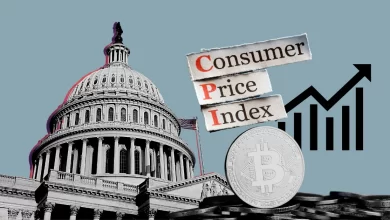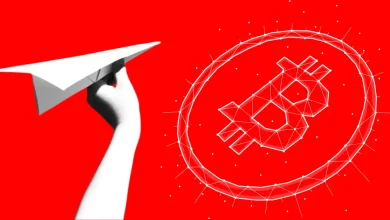Stablecoins to Fail? Deutsche Bank Raises Red Flags on Transparency and Backing

Deutsche Bank warns of unstable stablecoins due to a lack of transparency and strong backing.
The leading stablecoin, Tether (USDT), is criticized for its lack of transparency and potential role in market instability.
Despite growth projections, regulatory hurdles and questions about credibility cast doubt on the future of many stablecoins.
Cryptocurrency enthusiasts have long lauded stablecoins as the bedrock of financial stability in the volatile world of digital currencies. But a recent research bombshell from Deutsche Bank analysts suggests that the stability of these coins might not be as rock-solid as we’ve been led to believe.
In a note that sent shockwaves through the crypto community, Deutsche Bank honed in on Tether (USDT) and its counterparts, shining a spotlight on their lack of transparency, reserve backing, and operational controls.
Deutsche Bank Sounds the Alarm
Stablecoins, designed to maintain a steady value against traditional fiat currencies like the Dollar or Euro, play a crucial role in the crypto ecosystem. They offer a hedge against market volatility and facilitate trading without exposure to wild price swings.
However, Deutsche Bank’s latest findings cast a shadow of doubt over their reliability. Among the 334 currency pegs scrutinized, a mere 14% have stood the test of time, leaving analysts waving red flags for potential instability, despite Ripple’s bullish $3 trillion market forecast by 2028.
If ever there was a cautionary tale to heed, it’s the unraveling of TerraUSD (UST) and Luna. The collapse of these projects resulted in a staggering $40 billion loss, serving as a stark reminder of the perilous tightrope that unstable stablecoins walk.
Tether Trouble
Tether (USDT), the most dominant stablecoin with a market capitalization exceeding $100 billion, has come under scrutiny for over lack of transparency. Deutsche Bank analysts pointed to Tether’s history of misleading statements about its reserve holdings, resulting in regulatory fines.
Recent reports have also linked Tether to a significant volume of criminal activity. Concerns were also raised about Tether’s influence in the crypto derivatives market, where its role could exacerbate market losses and leverage risks.
Tether Strikes Back
In response to the Deutsche Bank report, Tether dismissed the claims, citing a lack of concrete evidence to support the forecasted decline of stablecoins. Tether has taken steps to address regulatory concerns by issuing quarterly attestations of its reserves following settlements with regulatory authorities.
Marion Laboure, senior strategist at Deutsche Bank Research, emphasized the similarities between stablecoins and pegged currencies, underscoring the importance of adequate reserves and issuer credibility for their sustainability.
However, the Deutsche Bank report urges caution in the stablecoin market amid regulatory uncertainties and speculative pressures.
The future of stablecoins is up for debate. Are they nothing but a ticking time bomb?
Also Check Out: Should You Invest in Bitcoin ETFs? Detailed Monthly Review and Analysis for April 2024













